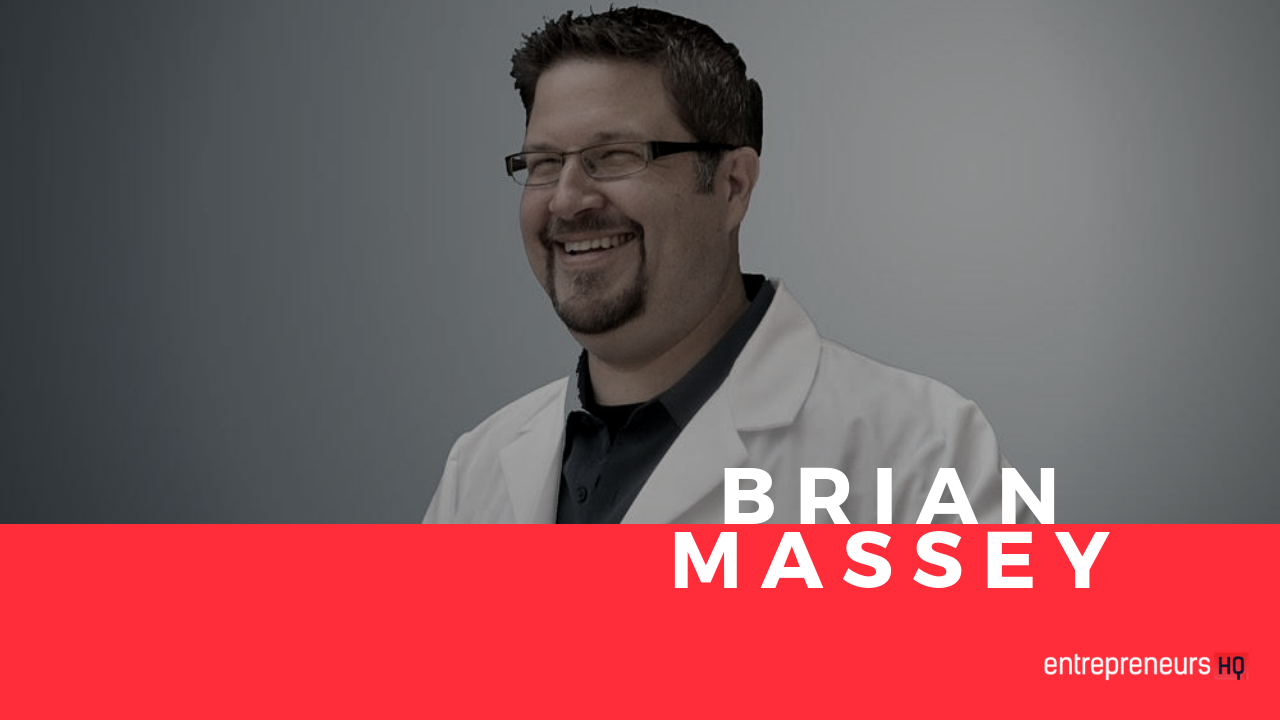
Brian Massey
Conversion Scientist at Conversion Sciences
Brian Massey calls himself a Conversion Scientist™ and he has the lab coat to prove it. The company he founded in 2007, Conversion Sciences, was one of the first agencies focused exclusively on website optimization. Brian has learned what works on the web through thousands of website tests. He has seen it all.
His rare combination of interests, experience
Article
If You Want Big Results, This Is How To Use Landing Pages For Your Business
Expert session
Tactic that has had the biggest impact on Brian’s success
Using landing pages properly for your business
Result if you follow the steps in Brian’s session
Better landing pages with stronger offers, equating to higher performing conversions across your funnel
Expert session snapshot
Transcript
So there’s only 2 jobs of the landing page. If we start with our corporate template, and our corporate template has a lot of jobs and needs to let people know what categories of products we have or services, where they can go to find out, can tell them about the company and can give them an opportunity to contact and talk about the brands or the types of things that we offer on the site.
It’s supposed to make the company look amazing. None of this is the job of the landing page. Unless, those things make the visitor more likely to take action. And we’ll talk a little bit about the components.
So we want to start with a blank page. We start with a page, there’s nothing on it. And so your content management system needs to have a template that is nothing. So we start with keeping the promise. We mix in a little bit of form, a way to take action. The simplest form is just a button and we build from there.
That’s really interesting that the button should be you know, if you’re looking at collecting email addresses, names or whatever information you are before you make people click that button. Are you suggesting that the contact form should be on that page, I want to say click that button, then the contact form that you want people to fill out, pops up?
Both are valid, it’s really going to depend on your offer, how much information you’re asking for. Because what happens is sure, button isn’t going to help our business so we have to ask for an email address and email address with permission. We’re going to ask to buy something, will need to ask for the credit card number, your name, your address, the CVV, the expiration date.
If we’re asking qualifying questions in a lead generation situation, we’re asking them their title, we’re asking them if they’re going to make a decision in six months. We’re asking them how much they have to budget, personal questions and we create a contamination in our experience experiment called abandoned.
And when we’re talking about abandoned, we use the symbol periodic table symbol for argon, because when someone abandoned your website, they are gone, trust us, you’re not going to get them back probably. So we want to minimize abandonment as much as possible. This is where the other components come in.
So we can ask our copywriter to write some copy that will build up the value proposition. So we have the promise, we need to build the value proposition behind that promise, make it count, the fact that we’re asking for more information and more personal information in our form, and also to manage a few objectives. So a good copywriter should be able to do the research to understand what points they need to make.
Sometimes they’ll need long form copy, sometimes they’ll need short form copy. It just depends on how much time you need to spend to really build out the complete value proposition. The copy also should include image and image of some sort. And I can expand on what image is not to include. And then a couple catalysts proof and trust me, to be mixed in there.
And this helps bring these, don’t react with the other elements, but they help it burn faster, help increase your conversion rates. Would you have all these components? Only then should you bring the designer into arrange them so that the eyes of your visitors are finding the important things on the page and moving through the decision-making process.
Can you just highlight those five components again for us?
Yeah. So we start with a pure solution of web page. And we mix in some offer. The offer is easy, it just needs to keep the promise made in the hand. If you don’t know what the promise is, that brings people to the landing page.
You’re not building a landing page, you’re probably building a homepage, mix in some form, so that they can take action and when we realize we’re getting abandon, because we’re asking for information, we want to add some image and copy to expand it out.
And we can make the reaction burn better by adding some proof and some trust building. What’s the first trust builder you’re going to put on a landing page? It’s typically going to be your logo because you’re stamping the page with the sentiment that we approve this message. So even if you’re not a well known brand, that’s a good reason to use a logo.
Now, if you start with a corporate template, you can start with the logo. You have the logo on there, but all this other stuff. So we use logos and things very purposefully on the landing page. That’s your, you mix it up and you’ll get an effective landing page and be your way to increase conversion rates.
Hand-picked experts share their #1 tactic
One marketing tactic delivered to your inbox each morning, 5 days a week
